Description and characteristics of the Muntingia calabura tree.
Uses and benefits of Muntingia calabura.
-Nutritional value of the fruits and their nutritional composition.
-Medicinal and traditional properties attributed to the plant.
-Culinary and gastronomic uses.
Cultivation and management of Muntingia calabura.
-Soil, light, and water requirements for healthy growth.
My interest in fruits keeps me constantly searching for new varieties and species. Some time ago, I visited a nursery in Miami where I first saw a Muntingia calabura tree. Well, that’s the scientific name; you might know it as Jamaican cherry or by another name, or perhaps it’s as new to some of you as it was to me. Either way, today I’m going to dedicate some time to talk more about this fruit. Those familiar with it could help enrich this post with more information, and for those who don’t know it yet, I’m sure that after reading this, you’ll be more than interested in adding it to your garden.
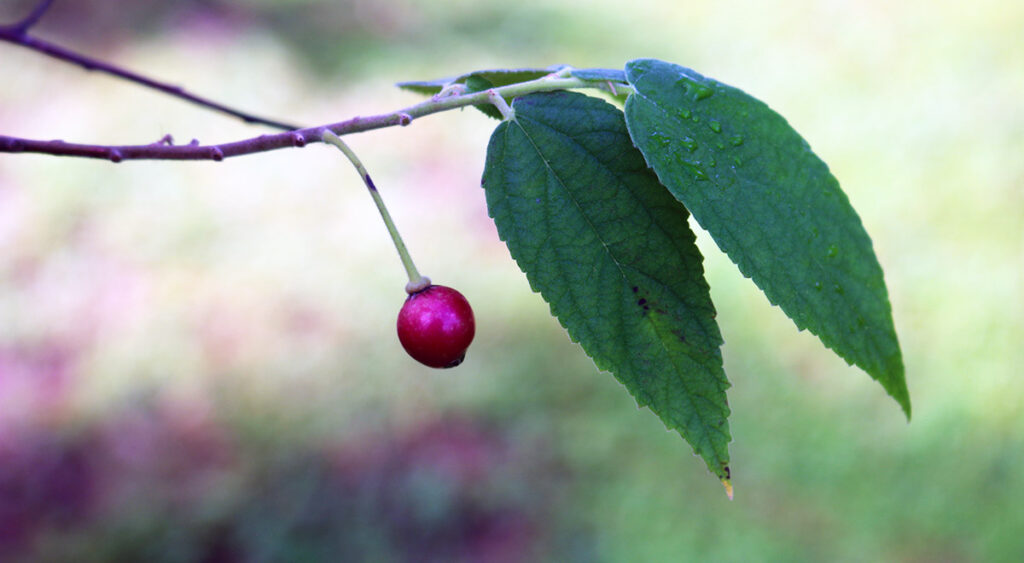
Description and characteristics of the Muntingia calabura tree.
To begin with, we will talk a bit about the characteristics of this plant while also providing a brief description of its different parts.
This tree is a fast-growing plant, reaching between 25 and 40 feet (7-12 meters) in just a few years, and believe me, it’s true. From my own experience with the little tree I bought, this is one of the fastest-growing trees I’ve seen.
The plant produces abundant fruits that are round and measure between 3/8 to 1/2 inch (one to one and a half cm) in size. Their color changes from green to red when they are ripe. The flavor is really pleasant with a sweet touch reminiscent of cotton candy. One very attractive feature of this plant is that it produces fruits throughout the year.
When they are ripe, you can pick them directly from the tree and eat them. You don’t have to discard anything because the fruit skin is very thin, and even though it has several seeds inside, they are so small that you won’t notice them.
The flowers are small, white with yellow filaments, very similar to strawberry flowers. Due to this resemblance to the strawberry flower, here in Florida, this tree is known as the strawberry tree. However, we must be careful when using this name because “strawberry tree” refers to Arbutus unedo L, an ornamental tree and fruit producer native to the Mediterranean in Europe, cultivated in warm areas of the United States.

As I mentioned before, this tree grows easily in tropical regions. However, if you live in a colder area, it’s possible to cultivate one because it adapts perfectly to a pot. During the summer, you can place it outdoors, and during the winter, you can move it to a more sheltered place away from the cold.
Origin and distribution.
The origin of this plant is found in the tropical region of Central and South America, including countries such as Mexico, Belize, Guatemala, El Salvador, Honduras, Nicaragua, Costa Rica, Panama, Colombia, Venezuela, Brazil, Ecuador, and the Caribbean islands.
The tree is native to the Amazon region but has naturalized in many parts of the world due to its propagation by birds and other animals that disperse its seeds, as well as people who sometimes intentionally or unknowingly transported seeds or plants to distant places.
That’s why it can currently be found in tropical and subtropical areas of Asia, Africa, and Australia.
Due to its ability to adapt to different soil conditions and its rapid spread, the species is often considered a weed in some places.
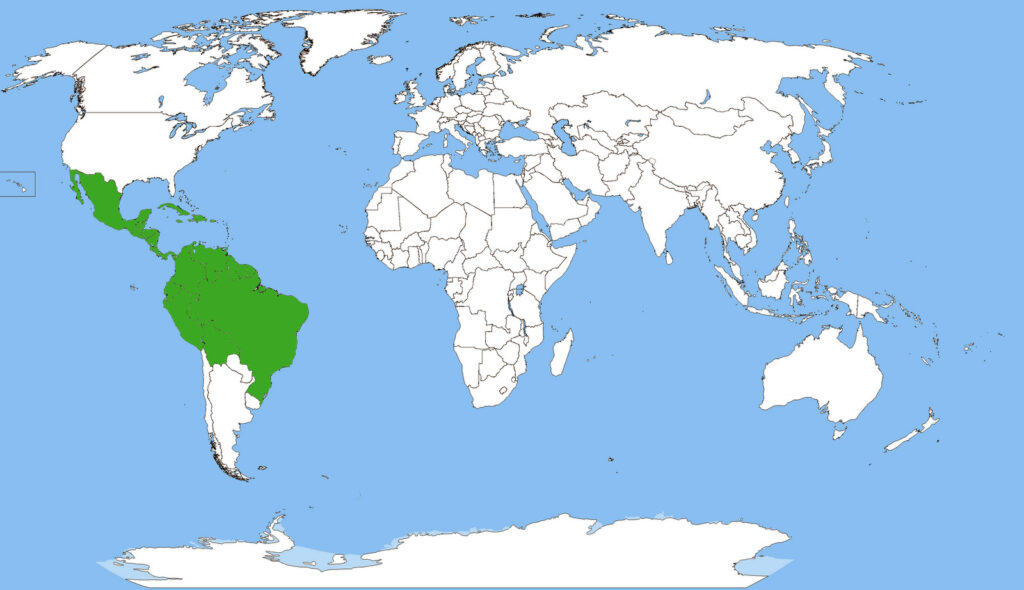
Uses and benefits of Muntingia calabura.
-Nutritional value of the fruits and their nutritional composition.
Although different parts of this plant have various properties, the Muntingia calabura tree is mostly known for its small red fruits, similar to cherries, which are edible and have a sweet taste. These fruits are appreciated for their high vitamin C content and are used in making jams, jellies, and other food products in some regions.

Below, I will show you a table with the nutritional information of the fruits per 100 grams that you eat.
Nutritional value per 100 grams of each edible part of the fruit:
- Water: 77.8 g
- Protein: 0.324 g
- Fat: 1.56 g
- Fiber: 4.6 g
- Ash: 1.14 g
- Calcium: 124.6 mg
- Phosphorus: 84.0 mg
- Iron: 1.18 mg
- Carotene: 0.019 mg
- Thiamine (Vitamin B1): 0.065 mg
- Riboflavin (Vitamin B2): 0.037 mg
- Niacin (Vitamin B3): 0.554 mg
- Ascorbic Acid (Vitamin C): 80.5 mg
Morton, J. 1987. Jamaica Cherry. p. 65–69. In: Fruits of warm climates. Julia F. Morton, Miami, FL.
The information above was taken from the book “Fruits of Warm Climates,” written by Julia F. Morton. Here’s a link in case you’re interested in reviewing this book.
It’s important to note that these nutritional values may vary slightly depending on the ripeness of the fruits and other factors. If used in culinary preparations or processed into jams or jellies, the nutritional content may be affected by additional ingredients. Remember, it’s important to consume a varied and balanced diet that includes different foods to obtain all the necessary nutrients for good health.
Well, now that we know the components, let’s talk about how your health would benefit if you eat this fruit regularly as part of your diet.
1- The fruit contains compounds with strong anti-inflammatory properties. General and prolonged inflammation in the human body is associated with the onset of diseases such as psoriasis, arthritis, Alzheimer’s, as well as the development of obesity. It has been shown that a diet rich in anti-inflammatory foods helps prevent and sometimes cure many of these diseases.
2- Jamaican cherry is very rich in vitamin C (Ascorbic Acid). Keep in mind that by eating 100 grams of this fruit, you are consuming all the vitamin C you need in a day. This vitamin is crucial for our body because it helps in the formation of blood vessels, cartilage, muscles, and collagen in bones. Not to mention its important role in aiding our body’s recovery when we are ill. Additionally, vitamin C is a powerful antioxidant that protects cells from free radicals, thereby helping us combat diseases such as cancer and heart-related conditions, among others.
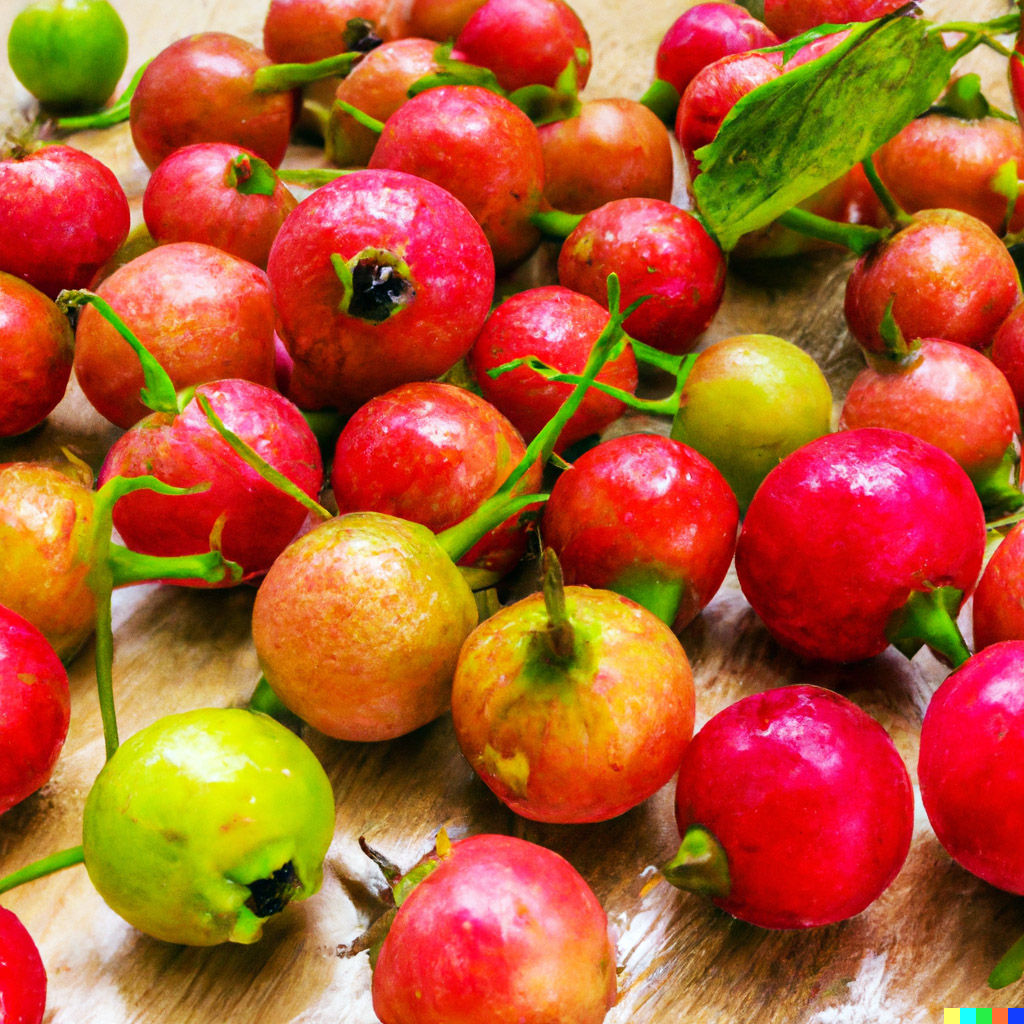
3- One benefit we should not overlook is the amount of fiber it provides. Fiber promotes healthy digestion by improving intestinal transit, thereby helping to prevent constipation. It also stabilizes blood sugar levels, reducing the risk of heart disease, and promotes satiety, aiding in weight control. For every 100 grams we consume, we ingest 4.6 grams of fiber, and considering that experts recommend 22-34 grams per day, we can appreciate the valuable contribution of this fruit.
4- Jamaica cherry also provides a significant amount of calcium. The recommended daily amount for an adult is 1000 mg, and in 100 grams of fruit, we will find 124 mg. It’s important to remember that calcium, besides helping in the formation of healthy teeth and bones, also plays a crucial role in regulating nerve functions and heartbeats, as well as participating in the blood clotting process and aiding in muscle contraction. While it’s true that most of us get calcium from dairy products like milk, adding fruits like these can make our diet more balanced and nutritious.
-Medicinal and traditional properties attributed to the plant.
It is claimed that an infusion made from the flowers has antispasmodic properties. This infusion is taken to relieve headaches and the initial symptoms of a cold. The flowers also have antiseptic properties.
-Culinary and gastronomic uses.
Initially, we talked about consuming it by picking it directly from the tree when it’s ripe, and believe me, it’s a good option because the taste is really pleasant. However, that’s not the only way to eat it. This cherry gives us the possibility to use it in various ways in cooking. From making jams, juices, or preserved fruits to adding it to salads or other desserts, not to mention more complex recipes like breads and cakes. The possibilities are only limited by our imagination.
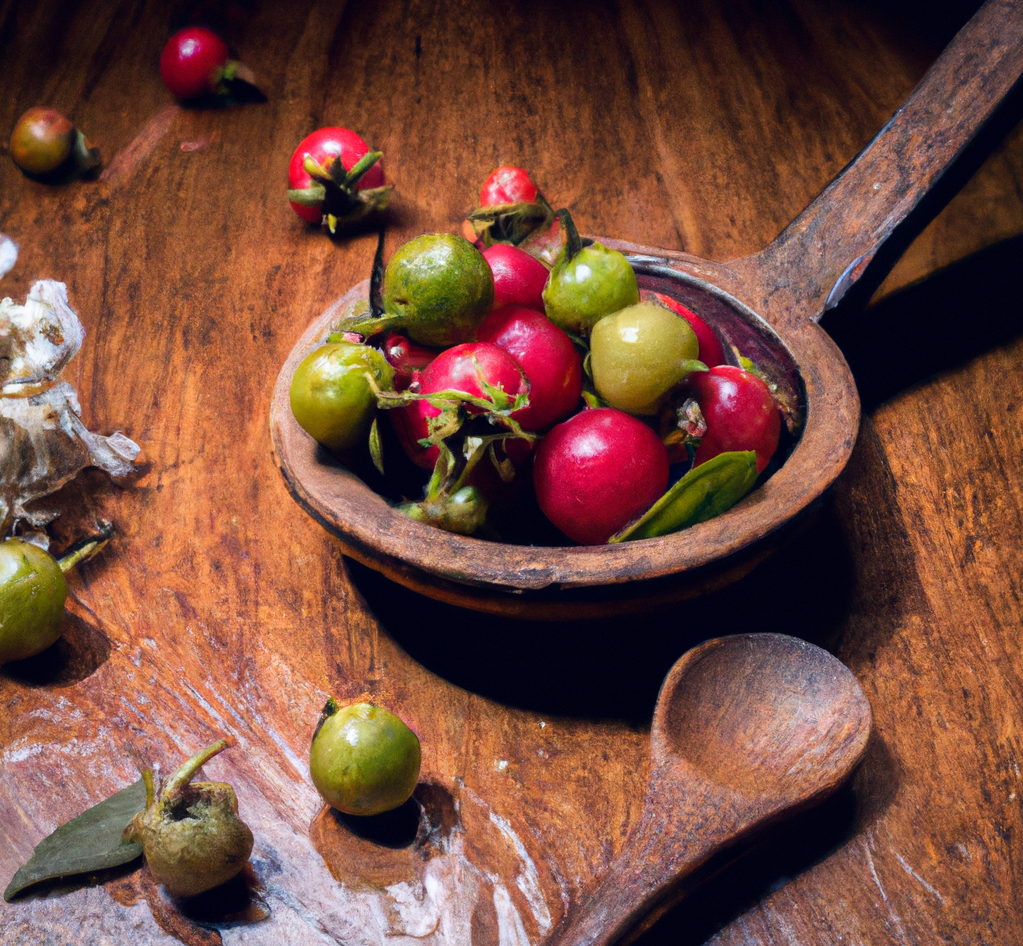
-Other uses.
-The wood is moderately resistant, durable if kept indoors, and light and easy to work with, making it suitable for general carpentry.
-It is highly valued as fuel because it ignites quickly and produces little smoke when burned.
-The bark is used to tie the supports of rural houses. Because it produces a very strong fiber, it is also used to make ropes.
Cultivation and management of Muntingia calabura.
-Soil, light, and water requirements for healthy growth.
The tree adapts perfectly to poor soils and grows without much trouble in all types of soils, whether alkaline or acidic. It can withstand long periods without water; however, it cannot survive in salty soils.
As for light, it prefers direct sunlight for most of the day.
-Propagation methods.
Well, after all we’ve talked about this tree, its health benefits, and the many options for its fruits given us when creating different recipes, I think the idea of adding one to our collection becomes very appealing. Next, I’ll explain everything you need to know to get one.
You can buy the tree directly from a nursery or online. Alternatively, if you know someone who has one, you can plant your own tree without having to buy it. It can be propagated by seeds, air layering, or cuttings. In the case of seeds, remember they are so small they are barely visible. Therefore, what you should do is take the ripe fruit, break it with your fingers, and place all this pulp in a pot with soil. It should be in a place that does not receive direct sunlight; some shade would be perfect. As for water, you should add enough to keep the soil moist without saturating it too much.
If you want to propagate it through cuttings or air layering, you can visit these links where I explain in detail how to do it.
This plant grows very quickly, and regardless of how it was propagated, it will bear fruit within one or two years at most.

Well, with this we have reached the end. Thank you very much for visiting this blog, and if you have any comments or suggestions, it would be very helpful for us if you shared them.
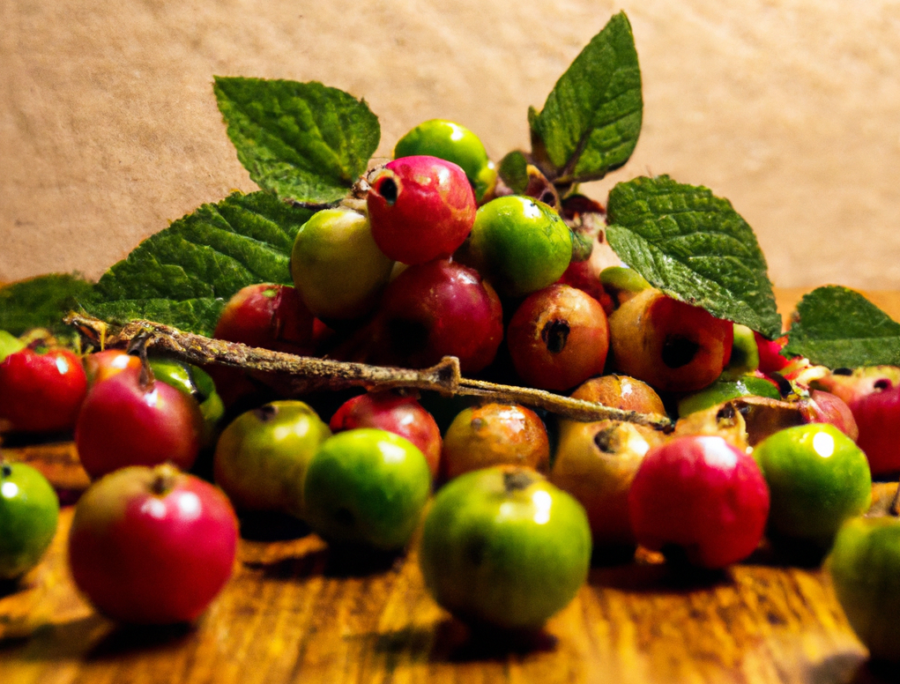
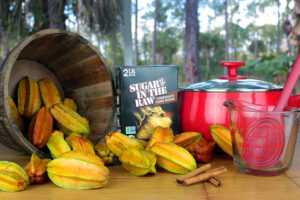

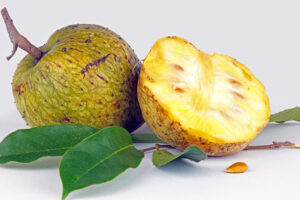
Leave a Reply
Your email is safe with us.